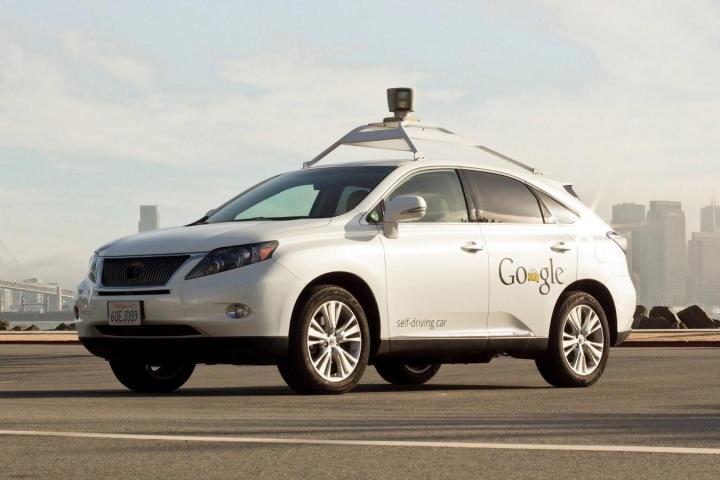
You know what? Those folks at Google are clever. Not only do they make it possible for us to find that pretzel recipe we wanted – no, that other one – they are also advancing the technology of autonomous cars faster than just about anyone else.
In fact, Google’s self-driving car is getting smarter by the minute. How is Google doing this? Through an odd combination of high- and low-tech solutions. Google techs spend hours at a time cruising around the company’s secret volcano hideout in Mountain View, Calif., in their autonomous cars. During this time, the techs pick out situations that the car will encounter in the real world and pass them back to the engineers for solutions that don’t involve flaming wrecks and crushed cyclists.
The results are impressive. Google’s autonomous car can now handle a wide array of real world situations, from navigating construction zones including lane offsets, stop train tracks, yield to pedestrians at cross walks and react and adapt to the unique challenge presented by cyclists.
As a Portland resident, I can say that sharing the road with cyclists can be an uneasy compromise. Cyclists can be unpredictable, and where bike lanes and other infrastructure is unavailable trying to integrate even the ruliest (opposite of unruly, let’s say) of riders can be difficult. So Google has its work cut out, but the solution is impressive.
The Google car can recognize cyclists, yield to them, and even interpret hand signals indicating turns. I am not sure if the car can recognize some other, more colorful hand gestures, but I am sure that Google is working on it. The footage of the car reacting and yielding to a cyclist as he makes decisions in real time is impressive; it reflects a car that is able to do more than just follow lanes and recognize stop signs and traffic lights.
Developments like this show that we are not only close to a thrilling robot apocalypse, but also to being able to own cars that truly drive themselves, and we might just be buying them from Google.
Editors' Recommendations
- Tesla Autopilot vs. full self-driving: What’s the difference?
- Waymo robotaxi attacked and set on fire in San Francisco
- Beleaguered robotaxi startup Cruise lays off quarter of workforce
- Cruise’s robotaxi service suspended by California regulator
- Dubai Police to deploy driverless patrol cars with AI smarts


